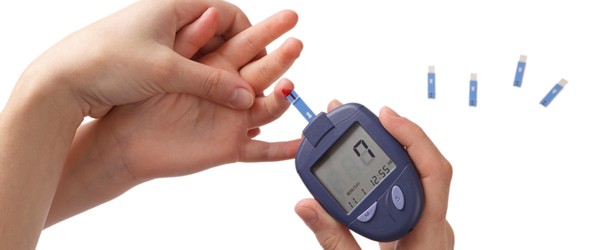Diabetes is a condition where there is too much glucose in the blood. Glucose is the main source of energy for our bodies and comes from the food we eat. Insulin is a hormone made in the pancreas, which acts as a key to allow glucose to pass from the blood stream into the body cells to provide energy for day to day living.As with adults, the cause of childhood diabetes is not understood. It probably involves a combination of genes and environmental triggers. Diabetes of type 1 is the most common type of diabetes found in children. According to health statistics, around 90% to 95% children have type 1 diabetes.
Though, diabetes is not that common in children overall but here is the mark for you to know how many diabetes children patients are present in this world.
In England and Wales , 17 children from every 100,000 children suffer diabetes
In Scotland , 25 children from every 100,000 children suffer diabetes.
In Japan , every 3 children out of 100,000 suffer it
In USA , 30 children suffer it from 100,000
Since last few decades, the ratio of diabetes in children is increased and in Europe and USA , some type 2 diseases are seen more than ever before. In type 1 diabetes, the insulin producing hormones are destroyed as it is the autoimmune disorder, while, in type 2 diabetes the patient suffers from deficiency in insulin hormones.The causes in children diabetes is not understood by doctors and experts. The most common reasons can be genetic problems and environmental triggers. Though, in type 1 diabetes, there is no genetic or family history matter.
Diabetes develops when the pancreas is either unable to make insulin or the insulin produced is unable to work effectively. Without insulin doing its job, glucose builds up in the blood stream leading to high blood glucose levels.
Symptoms
The main symptoms are the same as in adults. They tend to come on over a few weeks: thirst, weight loss , tiredness, frequent urination.
Symptoms that are more typical for children include: tummy pains, headaches, behaviour problems.
Diet guidelines
Diabetes of type 1 is the most common type of diabetes found in children. According to health statistics, around 90% to 95% children have type 1 diabetes. Though, diabetes is not that common in children overall but here is the mark for you to know how many diabetes children patients are present in this world.
In Scotland , 25 children from every 100,000 children suffer diabetes.
In Japan , every 3 children out of 100,000 suffer it
In England and Wales , 17 children from every 100,000 children suffer diabetes
In USA , 30 children suffer it from 100,000
Since last few decades, the ratio of diabetes in children is increased and in Europe and USA , some type 2 diseases are seen more than ever before. In type 1 diabetes, the insulin producing hormones are destroyed as it is the autoimmune disorder, while, in type 2 diabetes the patient suffers from deficiency in insulin hormones.The causes in children diabetes is not understood by doctors and experts. The most common reasons can be genetic problems and environmental triggers. Though, in type 1 diabetes, there is no genetic or family history matter.


5